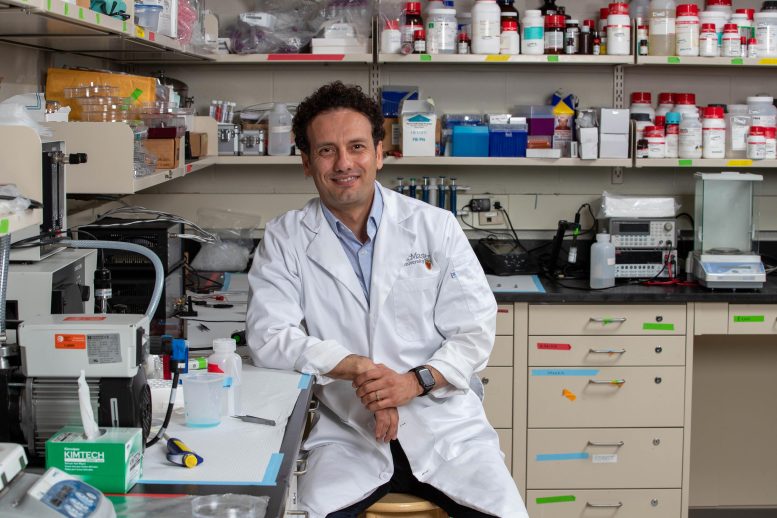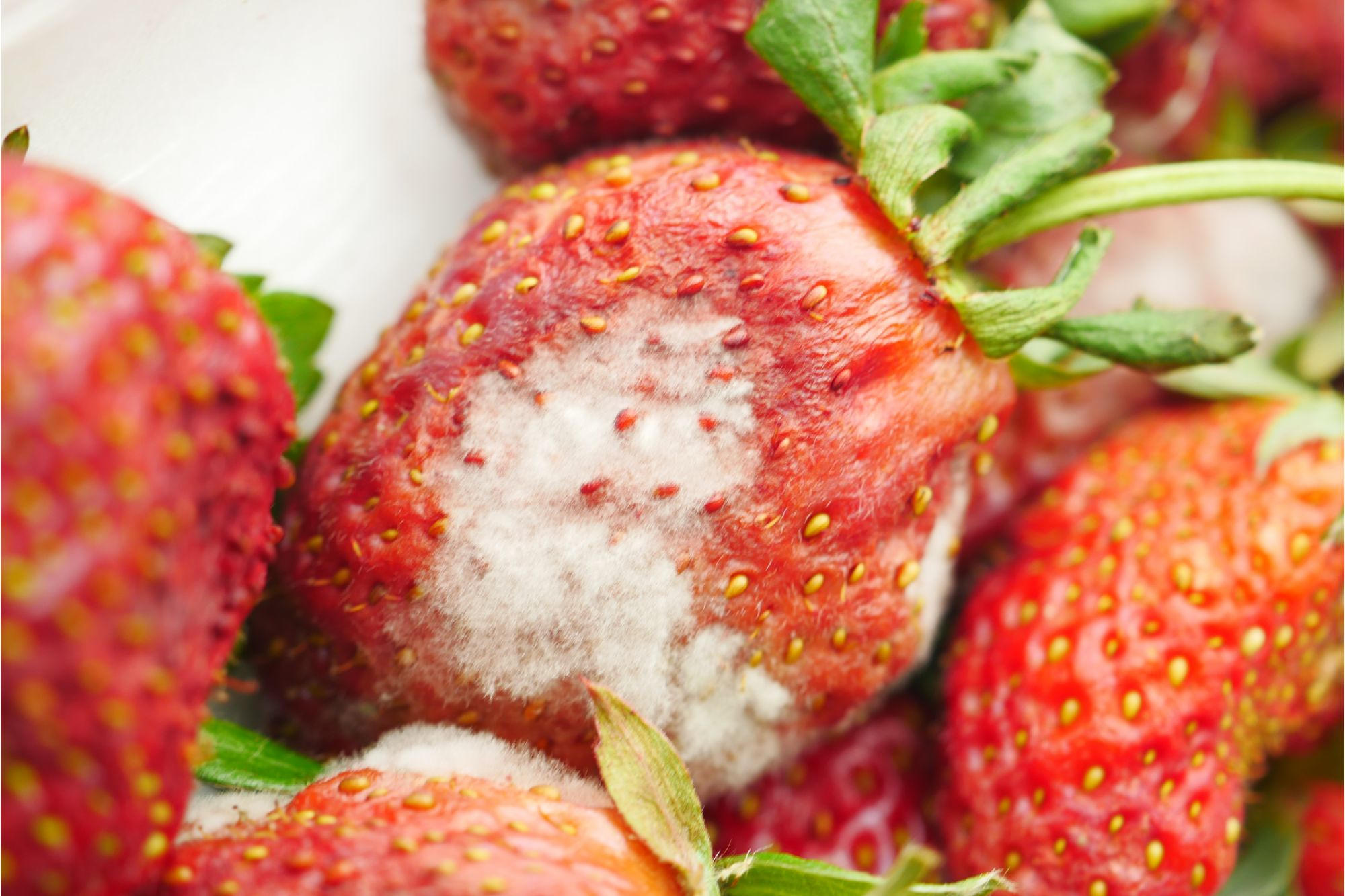Researchers at McMaster University have created smart packaging that detects spoilage, potentially reducing global costs by minimizing waste and illness. Despite its benefits, adoption faces hurdles due to cost concerns and regulatory challenges.
A team of researchers from McMaster University has invented a suite of tests for food packages that can indicate if the contents are contaminated, aiming to reduce food waste and prevent illnesses. They are now focusing on integrating this smart packaging technology into commercial products by engaging with producers and regulators.
Cost Considerations and Industry Adoption
Although each test would add only a few cents to the cost of a package, food producers are hesitant to adopt this technology due to the additional costs that would be passed on to consumers. In their new research paper, published in Nature Reviews Bioengineering, the team explains how the technology could save significant costs related to foodborne illness outbreaks and food waste. They argue that the societal savings from reduced waste and healthcare costs would total hundreds of billions of dollars globally each year, far outweighing the initial costs of the packaging technology.
Regulatory and Consumer Challenges
Tohid Didar, a biomedical engineer and corresponding author of the paper, notes, “On the one hand, people want to have safe food to eat. On the other, they don’t want to pay more for their food, because prices are high already and seem only to be climbing higher.” He emphasizes the importance of initiating conversations among researchers, policymakers, corporations, and consumers to tackle these issues. Implementing this technology would necessitate broad changes in food regulations and packaging practices, potentially facing substantial resistance.

McMaster University researcher Tohid Didar. Credit: McMaster University
Inefficiencies in Current Food Labeling Practices
According to the researchers, the current practice of using “best before” and “consume by” dates is overly conservative and arbitrary, leading to significant food wastage. Canada, for instance, discards $40 billion worth of food annually, a figure that surpasses per capita waste in the US or UK. The environmental, economic, and social costs of this waste are substantial.
Breakthrough Technologies for Food Safety
Since 2018, the team has been pioneering various packaging-based technologies to detect or prevent food spoilage. These include Sentinel Wrap, a color-changing plastic wrap; a handheld test that quickly identifies spoilage in retail settings; Lab-on-a-package, a small test integrated into food trays; and a bacteriophage-infused sprayable gel that neutralizes harmful bacteria. These solutions target common pathogens like Listeria, Salmonella, and E. coli.
From Laboratory to Marketplace
Shadman Khan, the paper’s lead author, discusses the challenges of transforming research into practical, consumer-friendly products. This process involves building partnerships with government regulators and industry leaders to address both market and regulatory obstacles. The team is dedicated to transitioning from an outdated calendar-based system to a more precise, detection-based food safety system.
Reference: “Smart food packaging commercialization” by Shadman Khan, Zeinab Hosseinidoust, Yingfu Li, Carlos D. M. Filipe and Tohid F. Didar, 30 April 2024, Nature Reviews Bioengineering.
DOI: 10.1038/s44222-024-00190-5











/https://tf-cmsv2-smithsonianmag-media.s3.amazonaws.com/filer_public/34/31/3431771d-41e2-4f97-aed2-c5f1df5295da/gettyimages-1441066266_web.jpg)







Discussion about this post